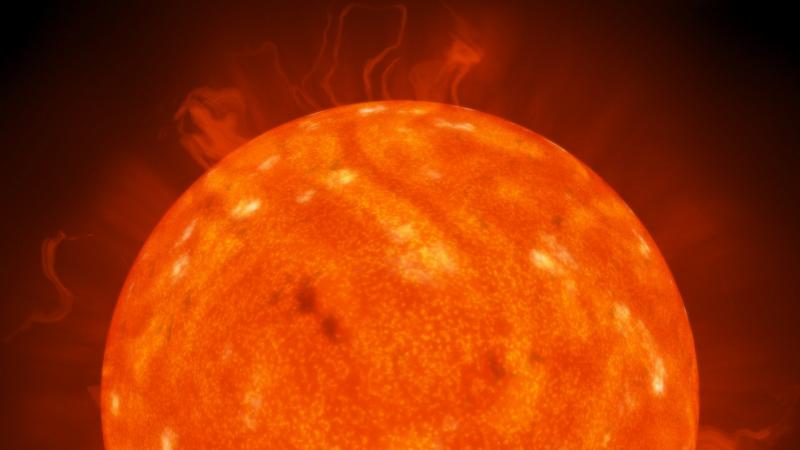
IIT Palakkad study shows how different indices used to predict drought combined with effects fof climate change can lead to different climate predictions for the future

IIT Palakkad study shows how different indices used to predict drought combined with effects fof climate change can lead to different climate predictions for the future

An international team of scientists from University of Glasgow, UK, Chinese Academy of Sciences, China, Institute of Solar Terrestrial Physics, Russia, West Kentucky University, USA, National Academy of Sciences of Ukraine, Ukraine and Indian Institute of Science, Education and Research (IISER)- Pune, India have proposed a novel method to accurately study radio observations of the sun.
While staring at the sun, a question that sometimes pop-up is, how do we know what the sun is made of, if the light from the sun is blindingly bright to our instruments? We study such objects by looking at them through forms of light other than visible light. This could include radio, Infrared, x-rays and UV rays. Solar radio observations or observing the radio waves emitted by the star, especially, could reveal unique insights into the outer solar atmosphere.
One challenge in studying the radio waves, however, is distinguishing the intrinsic properties of the source of the radio waves from the effects of radio wave propagation. As the corona of the Sun, an area of intense magnetic fields and high temperatures, affects the propagation of the radio waves, studying the source of the waves would require eliminating the effects of the corona, during calculations.
In the new study, the scientists have been able to characterize the fine structures produced during a radio burst or a solar flare emitting radio waves. Using Low Frequency Array telescopes, that provides high-time resolution images and allows imaging the sun at scales much smaller than that of radio wave propagation on the sun, the scientists were able to quantitatively characterize the frequency and spatial properties of the propagating radio wave on the solar surface.
Their observations have shown that the spatial characteristics or the manner in which a wave propagates is guided by the effects of radio wave propagation more than that of the intrinsic emission source of the waves. These observations could allow for better models of the solar surface, with a better accuracy of source brightness temperatures, giving us an accurate picture of our parent star- the Sun.